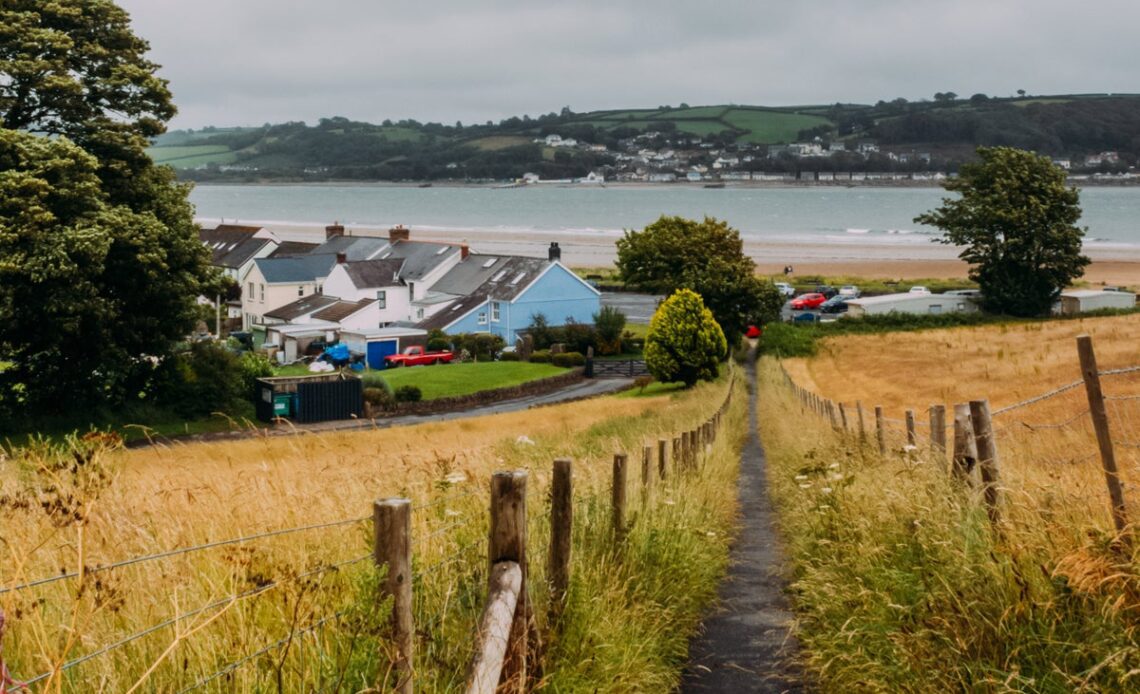In the space of seven miles, I’ve driven past countryside that has more landmarks than I know what to do with. Two hilltop castles romantically rise above a verdant valley brimming with grazing sheep and milk cows. Georgian houses with soft hues of purple, pink and blue conceal a medieval deer park. Skirting around all this, like a warden keeping everything in check, is the mighty Tywi (Towy) – the longest river in Wales – and above is a neo-Gothic tower that was once bright pink. The folly’s ostentatious architecture likewise casts shadows over award-winning restaurants.
This expanse of the Tywi Valley sits in Carmarthenshire (Sir Gâr), recognised as the “Garden of Wales”. It was once the heart of the Kingdom of Deheubarth, whose rulers established today’s Wales. But nowadays this road, much like the rest of the county, is often only used to reach Wales’s big hitters: Pembrokeshire, the Brecon Beacons and Powys. But with so much packed in within a short distance, it’s clear Carmarthenshire is worth exploring. As I soon discover, every bend, foothill and unassuming town contains historic treasures, surprising legends, enthralling vistas, and untold stories revealing the “real” Wales.
To help me discover more of magical Carmarthenshire, I’m following Discover Carmarthenshire’s newly created, three-day, slow-travel road trip called The Wild Drovers’ Way. Covering 180 miles, it’s split into three stages named after drover-associated themes. Local Councillor Gareth John enthuses that the drovers were “an important part of the Welsh economy,” saying this new route is the “perfect theme for [touring] the county’s hidden gems.”
The Tywi, Wales’s longest river
(Jade Braham)
My castle-filled path turns into a quiet backroad where three majestic deer stand in its centre, silently watching my every move. For 30 seconds, the world shrinks to just me and the deer – until the spell is broken by a rusty 4×4 with a clanking sheep-crammed trailer and the animals flee like lightning.
Wildlife and greenery start to subside. Dark Victorian streetlamps, a three-arched 20th-century bridge and remnants of a medieval castle introduce Carmarthen. Known as the oldest town in Wales, with King Arthur associations, its Welsh name, Caerfyrddin, means “Merlin’s Fort”. There’s no sign of mythical beings; however, I…
Click Here to Read the Full Original Article at The Independent Travel…
